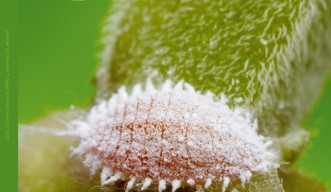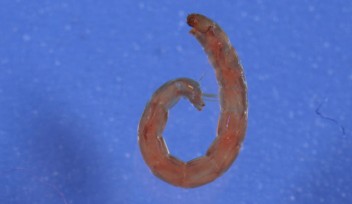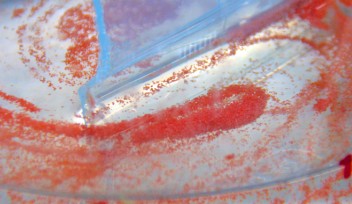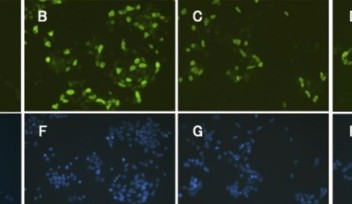OIST Researchers Contribute to Findings Behind Mealybug Symbiosis
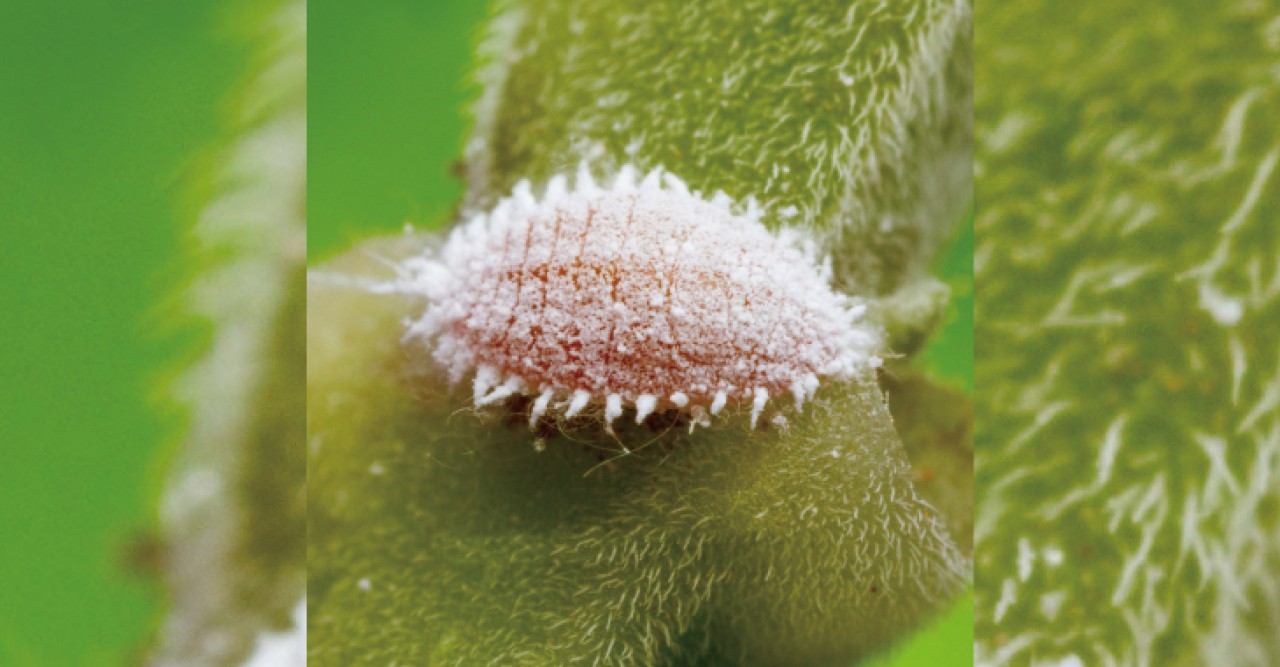
Many organisms rely on symbiotic relationships, in which two species rely on each other for survival and one lives inside the other. But mealybugs, often regarded as pests since they feed on plant juices, survive on a tripartite symbiotic relationship that resembles a Russian doll. Mealybugs house and rely on the bacterium Tremblaya princeps to turn plant sap into nutrients. Meanwhile, Tremblaya princeps possesses its own symbiont called Moranella endobia, a smaller bacterium that helps the host bacteria thrive. Both of these bacteria share metabolic functions and serve as equal partners in keeping their insect host alive.
A research team including Prof. Noriyuki Satoh of the OIST Marine Genomics Unit has discovered that mealybugs, which feed on greenhouse plants, house plants and subtropical trees, have a tripartite symbiosis dependent on genes from multiple diverse bacteria, made possible by horizontal transfer that took place millions of years ago. The horizontal gene transfer refers to the transfer of genes between organisms in a manner other than traditional reproduction. It is believed to be a major driving force in the evolution of many organisms. Their research was published online in the journal Cell on June 20.
Using next-generation sequencers, the researchers decoded genomes of the mealybugs and those of the symbiotic bacteria. They also examined mRNAs expressed in the host and the symbionts.
As a result, the researchers discovered that in the Moranella endobia was providing many gene products or metabolites to the larger Tremblaya princeps, including those involved in essential amino acid production and translation. The research also showed that the tripartite mealybug symbiosis is reliant of a mosaic of gene products from no fewer than six distinct organisms; the mealybug itself, Trembalya, Moranella, and at least three additional bacterial groups. Prof. Satoh said, "The findings have repercussions on our conventional notion of how symbiosis performs crucial functions for the survival of the cell and, by extension, the organism as a whole."
Research Unit
For press enquiries:
Press Inquiry Form










